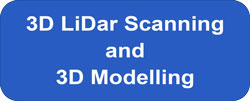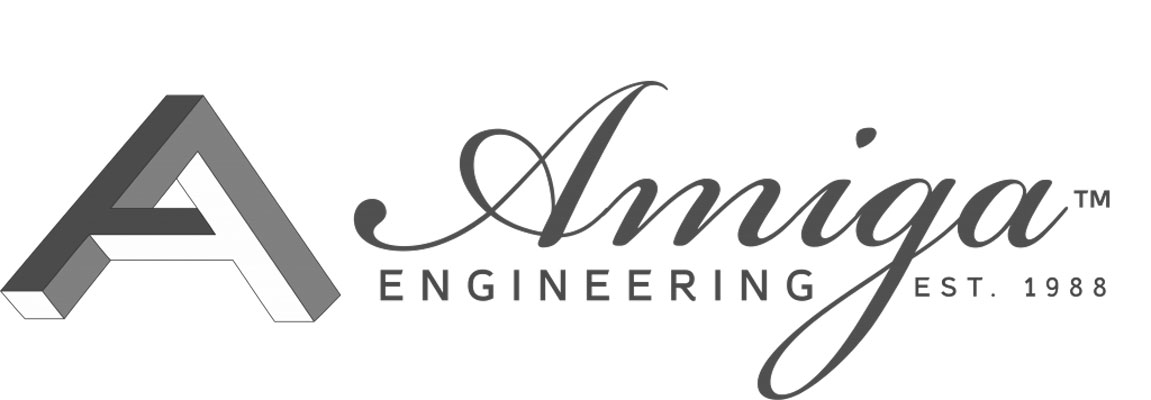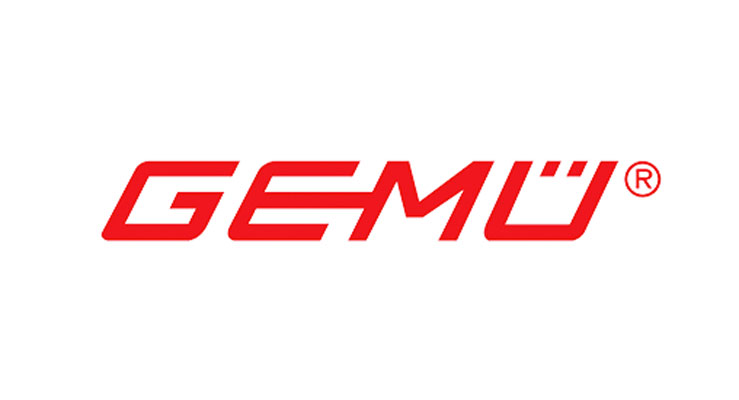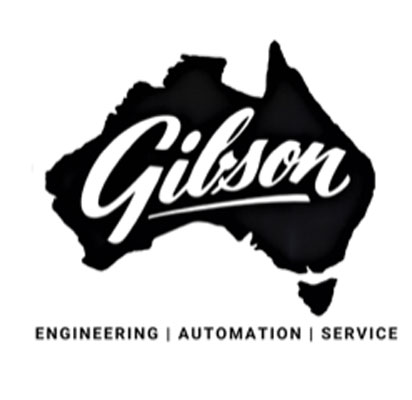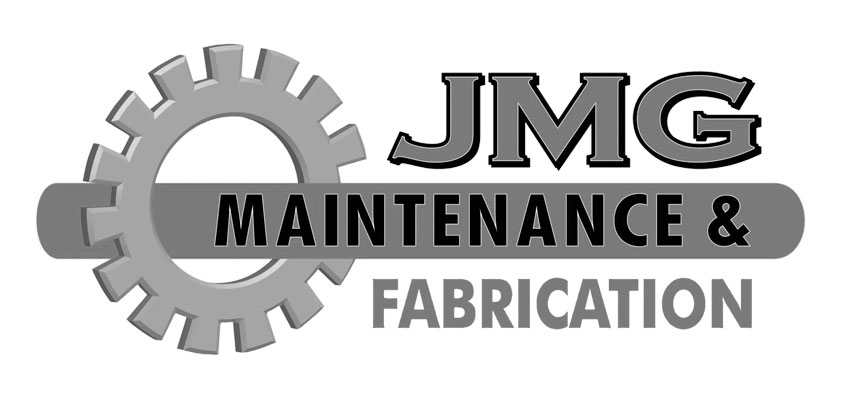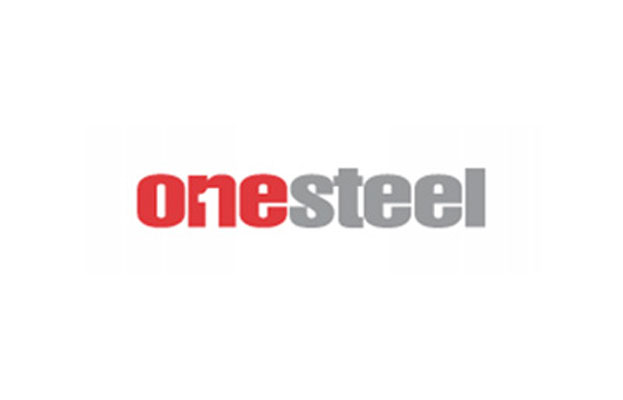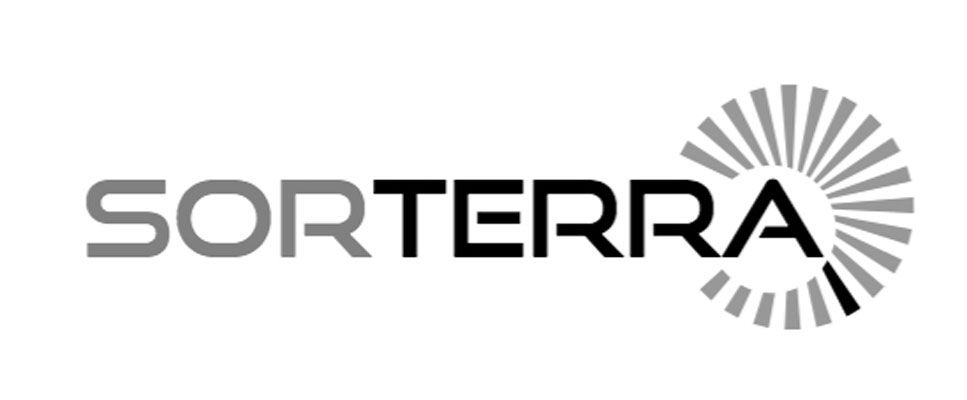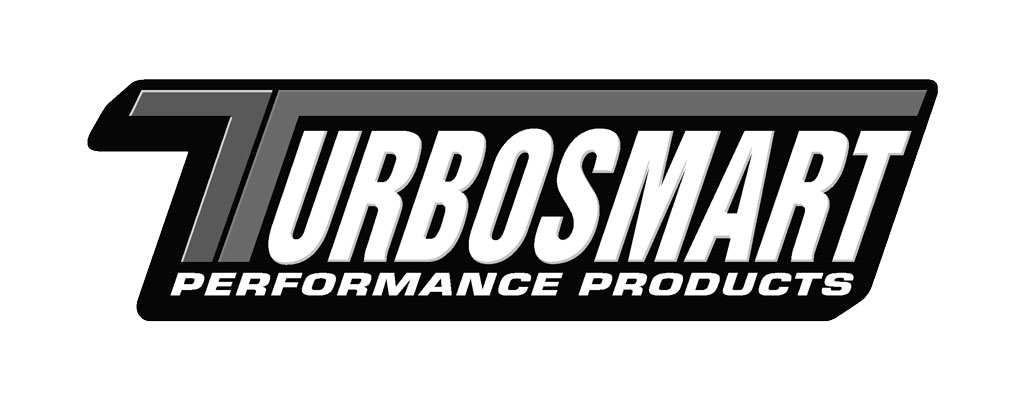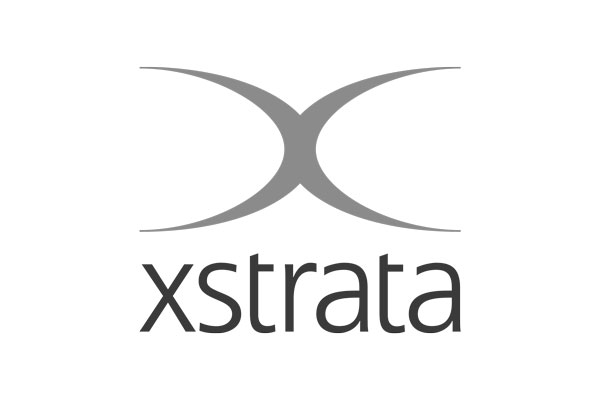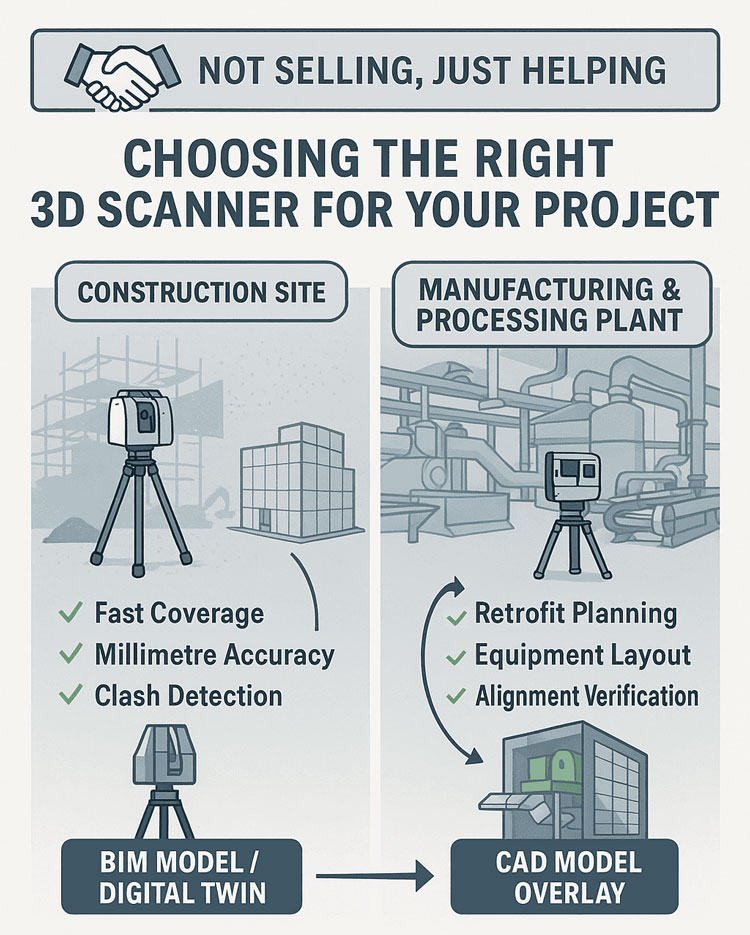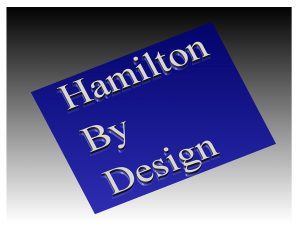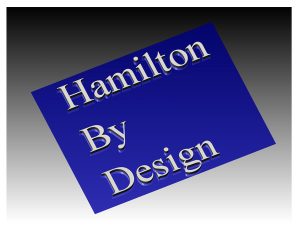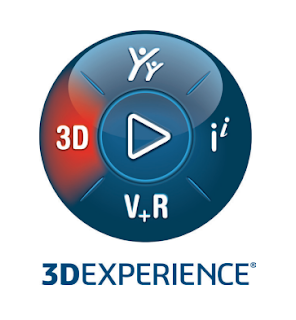Engineering-Grade Reality Capture for Live Construction Environments
Construction projects in Brisbane operate under conditions that place unique pressure on engineers, builders, and asset owners. Subtropical climate, flood-affected sites, reactive soils, dense CBD logistics, and a strong reliance on brownfield upgrades all increase one fundamental risk: designing and constructing from incorrect or outdated site information.
A 3D construction scan in Brisbane provides engineering-grade certainty by capturing what actually exists on site, enabling informed decisions during live construction, refurbishment, and staged delivery projects.
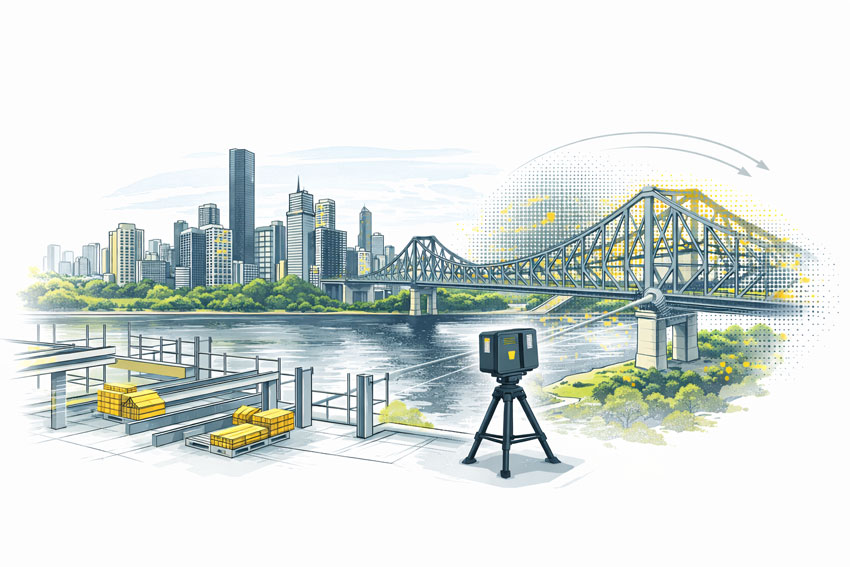
What Is a 3D Construction Scan?
A 3D construction scan uses high-accuracy LiDAR laser scanning to capture the true as-built condition of a site at a specific point in time. Unlike visual scans or phone-based capture, engineering-grade scanning produces registered point clouds that can be trusted for:
- Construction coordination
- Design verification
- Clash detection
- Fabrication-ready modelling
- As-built documentation
Hamilton By Design delivers these outcomes through its engineering-led laser scanning services, where accuracy, downstream use, and construction risk are defined before scanning begins.
https://www.hamiltonbydesign.com.au/laser-scanning-engineering-brisbane-cbd/3d-scanning-brisbane/
Why Brisbane Construction Projects Require a Different Approach
Subtropical Climate & Structural Movement
Brisbane’s humidity and temperature cycles contribute to thermal expansion, contraction, and cumulative movement across steelwork, pipe runs, conveyors, façades, and plant installations.
When construction decisions rely on assumed geometry or legacy drawings, even small movements can result in:
- Misaligned interfaces
- Fabrication clashes
- Installation delays
A 3D construction scan captures the current, in-situ geometry, allowing engineers to design and coordinate based on reality — not historical intent.
Flood-Affected & Modified Assets
Many Brisbane sites — particularly river-adjacent commercial and industrial facilities — have undergone multiple flood recovery and modification cycles. Over time, this results in:
- Changed floor levels
- Unrecorded ramps and bunds
- Altered drainage and gravity-dependent systems
Construction scanning establishes a true datum and elevation baseline, supporting engineering verification of falls, access clearances, and tie-in points.
This capability aligns directly with Hamilton By Design’s broader reality capture and as-built verification workflows.
https://www.hamiltonbydesign.com.au/reality-capture-services/
Brownfield Construction Is the Norm
A significant proportion of Brisbane construction work occurs in live, operational environments, including:
- Commercial refurbishments
- Industrial plant upgrades
- Infrastructure modifications
- Asset life-extension projects
These sites often contain undocumented steelwork, legacy penetrations, and accumulated modifications. A 3D construction scan enables non-intrusive capture of this complexity, supporting engineering coordination without disrupting operations.
Tight CBD Logistics & Vertical Construction
Brisbane’s CBD presents unique logistical challenges:
- Limited laydown space
- Vertical risers and congested services zones
- Restricted crane and hoist access
- Staged installation sequencing
In these environments, components must fit first time. Construction scanning supports:
- Early clash detection
- Verification before fabrication
- Confident off-site prefabrication
This process integrates directly with Hamilton By Design’s 3D point cloud modelling and coordination services.
https://www.hamiltonbydesign.com.au/3d-point-cloud-modelling/
Reactive Soils & Differential Settlement
Reactive clay soils common throughout South-East Queensland contribute to long-term differential settlement, particularly where new construction interfaces with older structures. Over time, this can lead to:
- Misaligned columns and beams
- Drift in conveyors and pipe racks
- Geometry that no longer matches design intent
A construction scan captures current condition, enabling engineers to design extensions and upgrades that reflect actual site geometry.
Construction Scanning vs Generic 3D Scanning
Not all scanning is suitable for construction engineering.
| Aspect | Generic Scan | Engineering-Led Construction Scan |
|---|---|---|
| Accuracy | Visual or indicative | Millimetre-grade |
| Output | Meshes or images | Registered point clouds |
| Engineering Use | Limited | Design & fabrication |
| Risk Reduction | Low | High |
| Construction Ready | No | Yes |
Hamilton By Design positions construction scanning as part of an integrated engineering workflow, not a standalone data capture exercise.
https://www.hamiltonbydesign.com.au/3d-engineering-services/
How 3D Construction Scans Are Used on Brisbane Projects
Engineering-grade construction scans are routinely used to support:
- Clash detection across structure and services
- Verification scans prior to fabrication
- Construction sequencing and staging
- As-built documentation for handover
- Reduced RFIs, rework, and site delays
These outcomes are particularly valuable on commercial and construction projects where access, timing, and accuracy are critical.
https://www.hamiltonbydesign.com.au/commercial-construction-engineering/
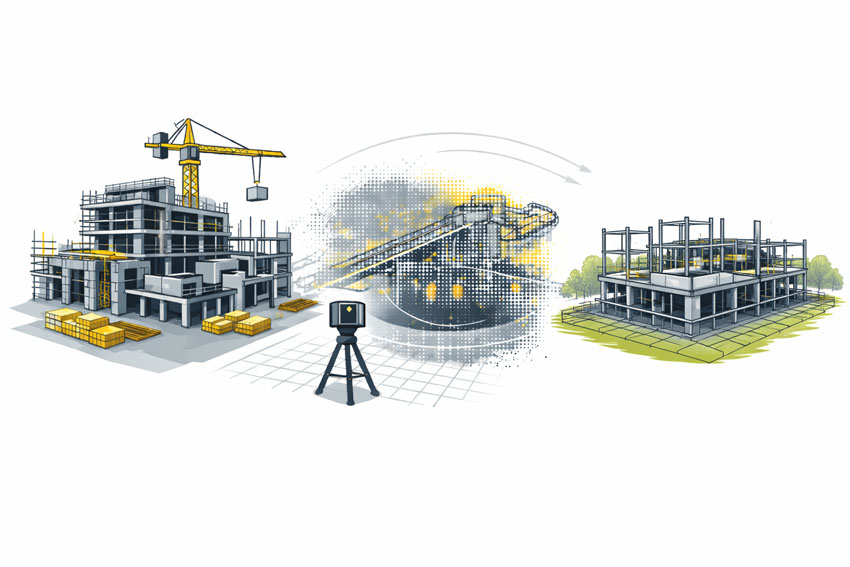
The Hamilton By Design Difference
Hamilton By Design delivers engineering-grade 3D construction scanning with a clear focus on constructability and downstream use.
Our approach combines:
- Engineer-led scanning strategies
- Defined accuracy requirements
- Integration with mechanical and structural design
- Outputs suitable for fabrication and installation
This approach ensures construction teams can rely on scan data with confidence — especially on complex Brisbane projects.
When should a 3D Construction Scan Be Used?
A 3D construction scan in Brisbane is most valuable when:
- Working in brownfield or live environments
- Verifying conditions before fabrication
- Coordinating multiple trades in tight spaces
- Managing staged refurbishments
- Reducing construction risk and uncertainty

In Brisbane, construction risk is rarely driven by poor engineering.
It is driven by decisions made using incorrect or outdated information.
A 3D Construction Scan in Brisbane provides one critical advantage:
certainty about what actually exists on site, at the moment decisions are made.
Our clients:




